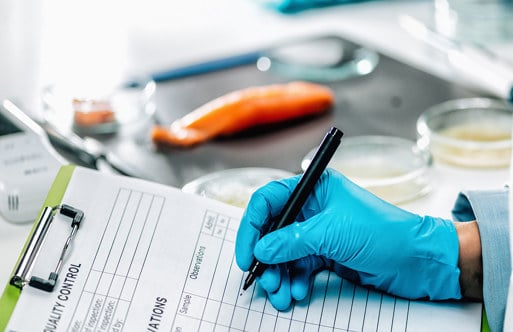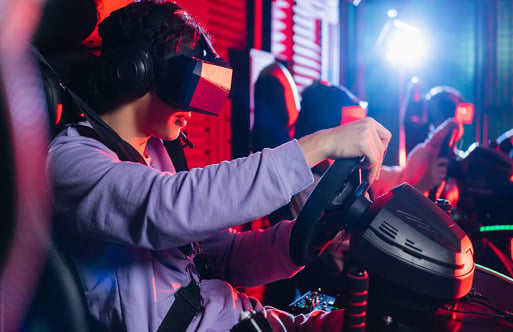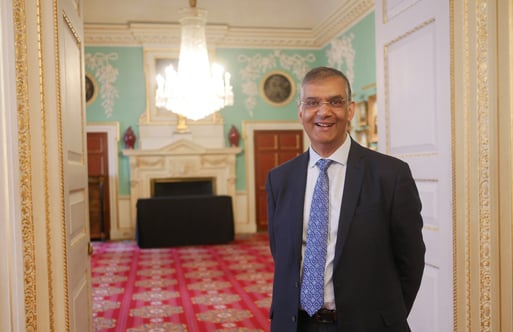The controversy with The Princess of Wales’ photo editing shows the need for watermarking original images to build public trust, says a leading academic.
“Stamping digital images to prove they were untouched would give confidence to media agencies and the public,” says James Davenport, a Fellow of BCS, The Chartered Institute for IT and a Professor at University of Bath.
“This may require new hardware, or a firmware change, in cameras, Prof Davenport said - but it is possible to sign an image to prove that it is the original, captured by a specific machine at a certain time (and possibly location). The fundamental technology is the same as that used for digital signature of documents, with which many of us are now familiar,” he added.
“That is even more important as AI and Deepfake videos could play a significant part in the upcoming General Election.”
For you
Be part of something bigger, join BCS, The Chartered Institute for IT.
Prof Davenport explained: “Ever since Photoshop became widely available - people have been changing photographs with comparatively little concern.
But the ability of modern technology to make systematic changes or produce completely new images - deepfakes - changes the situation.”
Watermarking ‘guaranteed originals’
“There is much talk about 'watermarking AI', but this is probably impractical, and certainly impossible to enforce – the genie is well and truly out of the bottle.
What is really needed is watermarking ‘guaranteed originals’, which is certainly technically possible.
However, today - the only distinction we can sensibly make is "original image" or "computer processed".

















